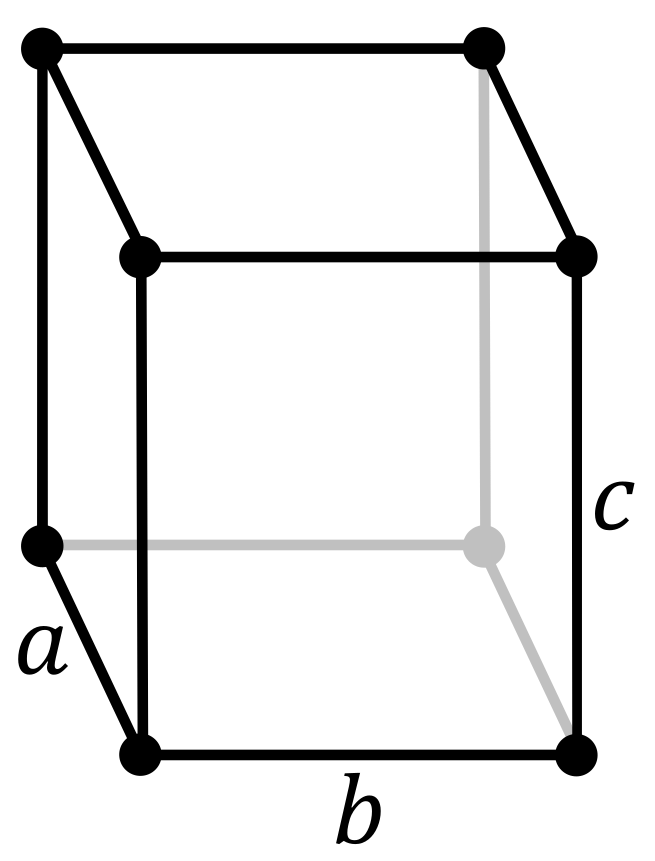
Main Difference
The main difference between Chlorine and Bleach is that the Chlorine is a element with the atomic number of 17 and Bleach is a number of chemicals which remove color, whiten, or disinfect, often via oxidation
-
Chlorine
Chlorine is a chemical element with symbol Cl and atomic number 17. The second-lightest of the halogens, it appears between fluorine and bromine in the periodic table and its properties are mostly intermediate between them. Chlorine is a yellow-green gas at room temperature. It is an extremely reactive element and a strong oxidising agent: among the elements, it has the highest electron affinity and the third-highest electronegativity, behind only oxygen and fluorine.
The most common compound of chlorine, sodium chloride (common salt), has been known since ancient times. Around 1630, chlorine gas was first synthesised in a chemical reaction, but not recognised as a fundamentally important substance. Carl Wilhelm Scheele wrote a description of chlorine gas in 1774, supposing it to be an oxide of a new element. In 1809, chemists suggested that the gas might be a pure element, and this was confirmed by Sir Humphry Davy in 1810, who named it from Ancient Greek: χλωρός, translit. khlôros, lit. ‘pale green’ based on its colour.
Because of its great reactivity, all chlorine in the Earth’s crust is in the form of ionic chloride compounds, which includes table salt. It is the second-most abundant halogen (after fluorine) and twenty-first most abundant chemical element in Earth’s crust. These crustal deposits are nevertheless dwarfed by the huge reserves of chloride in seawater.
Elemental chlorine is commercially produced from brine by electrolysis. The high oxidising potential of elemental chlorine led to the development of commercial bleaches and disinfectants, and a reagent for many processes in the chemical industry. Chlorine is used in the manufacture of a wide range of consumer products, about two-thirds of them organic chemicals such as polyvinyl chloride, and many intermediates for the production of plastics and other end products which do not contain the element. As a common disinfectant, elemental chlorine and chlorine-generating compounds are used more directly in swimming pools to keep them clean and sanitary. Elemental chlorine at high concentrations is extremely dangerous and poisonous for all living organisms, and was used in World War I as the first gaseous chemical warfare agent.
In the form of chloride ions, chlorine is necessary to all known species of life. Other types of chlorine compounds are rare in living organisms, and artificially produced chlorinated organics range from inert to toxic. In the upper atmosphere, chlorine-containing organic molecules such as chlorofluorocarbons have been implicated in ozone depletion. Small quantities of elemental chlorine are generated by oxidation of chloride to hypochlorite in neutrophils as part of the immune response against bacteria.
-
Bleach
Bleach is the generic name for any chemical product which is used industrially and domestically to clean, to lighten hair color and to remove stains. It often refers, specifically, to a dilute solution of sodium hypochlorite, also called “liquid bleach”.
Many bleaches have broad spectrum bactericidal properties, making them useful for disinfecting and sterilizing and are used in swimming pool sanitation to control bacteria, viruses, and algae and in many places where sterile conditions are required. They are also used in many industrial processes, notably in the bleaching of wood pulp. Bleaches also have other minor uses like removing mildew, killing weeds, and increasing the longevity of cut flowers.Bleaches work by reacting with many colored organic compounds, such as natural pigments, and turning them into colorless ones. While most bleaches are oxidizing agents (chemicals that can remove electrons from other molecules), some are reducing agents (that donate electrons).
Chlorine, a powerful oxidizer, is the active agent in many household bleaches. Since pure chlorine is a toxic corrosive gas, these products usually contain hypochlorite which releases chlorine when needed. “Bleaching powder” usually means a formulation containing calcium hypochlorite.
Oxidizing bleaching agents that do not contain chlorine are usually based on peroxides such as hydrogen peroxide, sodium percarbonate, and sodium perborate. These bleaches are called ‘non-chlorine bleach,’ ‘oxygen bleach’ or ‘color-safe bleach.’Reducing bleaches have niche uses, such as sulfur dioxide used to bleach wool, either as gas or from solutions of sodium dithionite; and sodium borohydride.
Bleaches generally react with many other organic substances besides the intended colored pigments, so they can weaken or damage natural materials like fibers, cloth, and leather, and intentionally applied dyes such as the indigo of denim. For the same reason, ingestion of the products, breathing of the fumes, or contact with skin or eyes can cause health damage.
-
Chlorine (noun)
A toxic, green, gaseous chemical element (symbol Cl) with an atomic number of 17.
-
Chlorine (noun)
A single atom of this element.
-
Bleach (adjective)
Pale; bleak.
-
Bleach (verb)
To treat with bleach, especially so as to whiten (fabric, paper, etc.) or lighten (hair).
-
Bleach (verb)
To be whitened or lightened (by the sun, for example).
-
Bleach (verb)
to lose color due to stress-induced expulsion of symbiotic unicellular algae.
“Once coral bleaching begins, corals tend to continue to bleach even if the stressor is removed.”
-
Bleach (verb)
To make meaningless; to divest of meaning; to make empty.
“semantically bleached words that have become illocutionary particles”
-
Bleach (noun)
A chemical, such as sodium hypochlorite or hydrogen peroxide, or a preparation of such a chemical, used for disinfecting or whitening.
-
Bleach (noun)
A variety of bleach.
-
Bleach (noun)
An act of bleaching; exposure to the sun.
-
Bleach (noun)
A disease of the skin.
